Membrane Transporter/Ion Channel
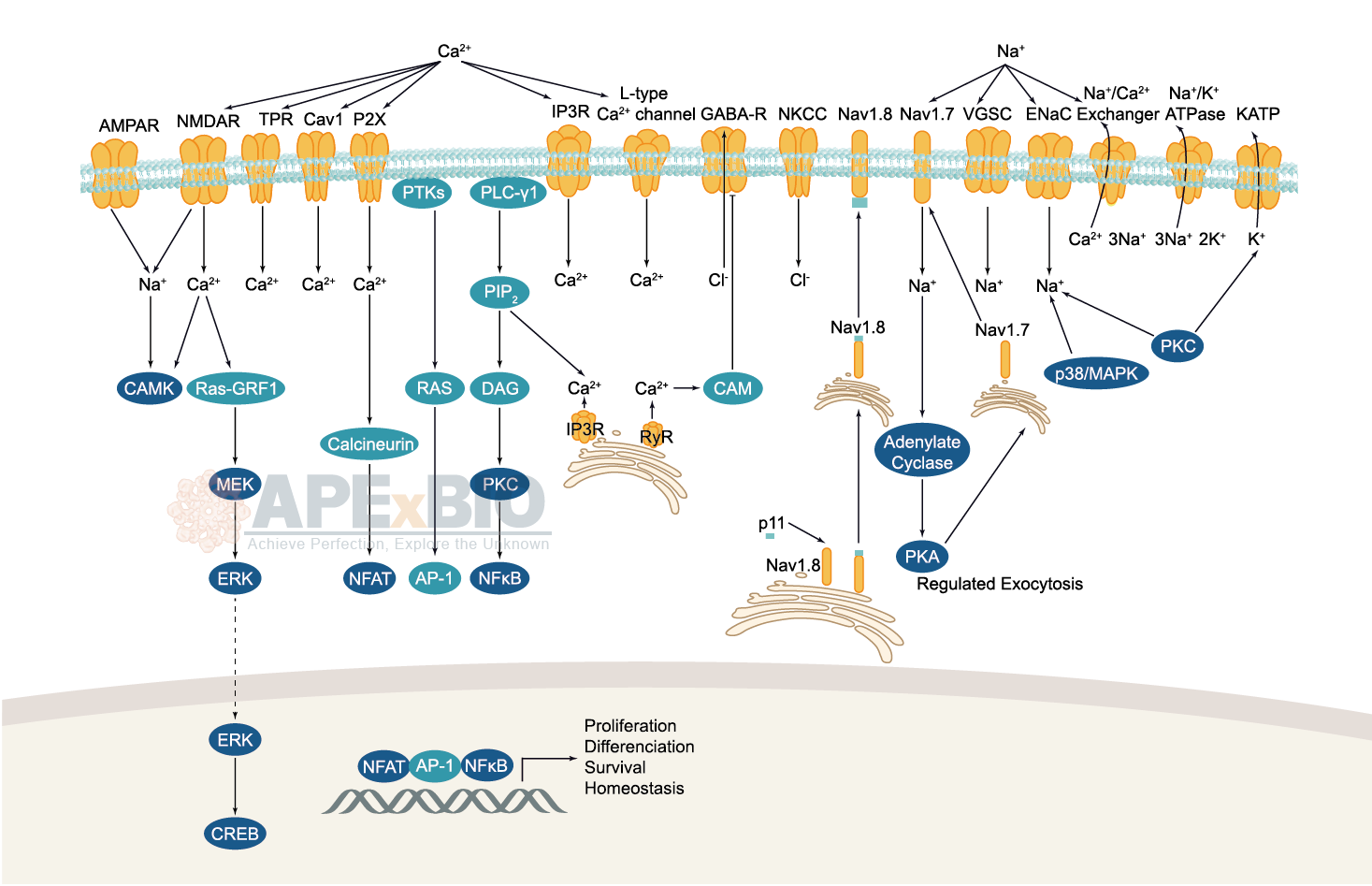
Ion channels are pore-forming membrane proteins which allow the flow of ions across the membrane. The ion channels can be broadly grouped into six families including calcium channels, chloride channels, potassium channels, sodium channels, gap junction proteins and porins. Not all ion channels are gated, such as certain type of K+ and Cl– channels, transient receptor potential superfamily of cation channels, the ryanodine receptors and the IP3 receptors, but most Na+, K+, Ca2+ and some Cl– channels are all gated by voltage. Ligand-gated channels are regulated in response to ligand binding (e.g. neurotransmitters signaling). These ligand-gated neurotransmitter receptors are known as ionotropic receptors. Various neurotransmitters couple to ionotropic receptors such as glutamate, acetylcholine, glycine, GABA, and serotonin.
-
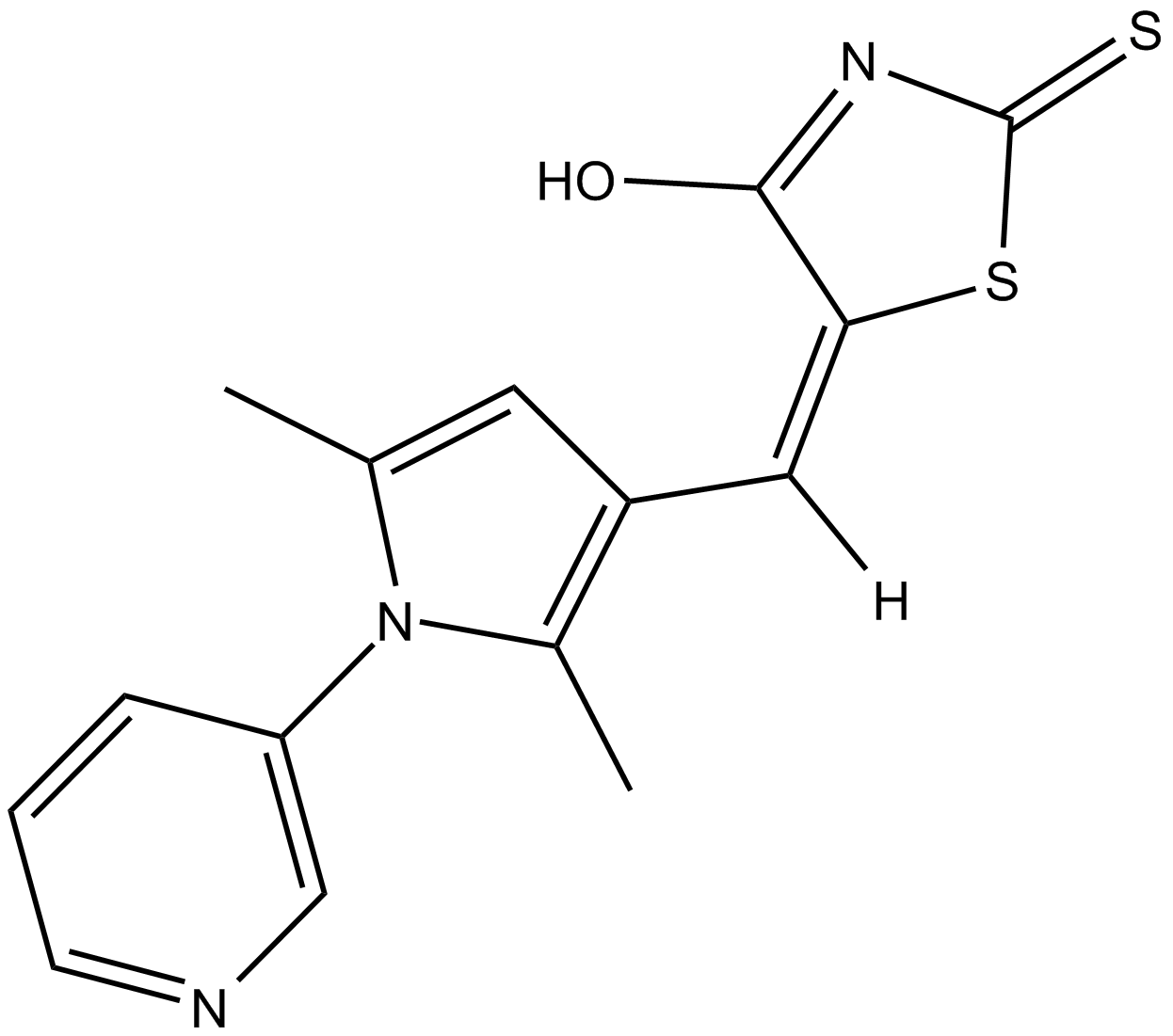 B5758 OptovinSummary: photoactivator of TRPA1
B5758 OptovinSummary: photoactivator of TRPA1 -
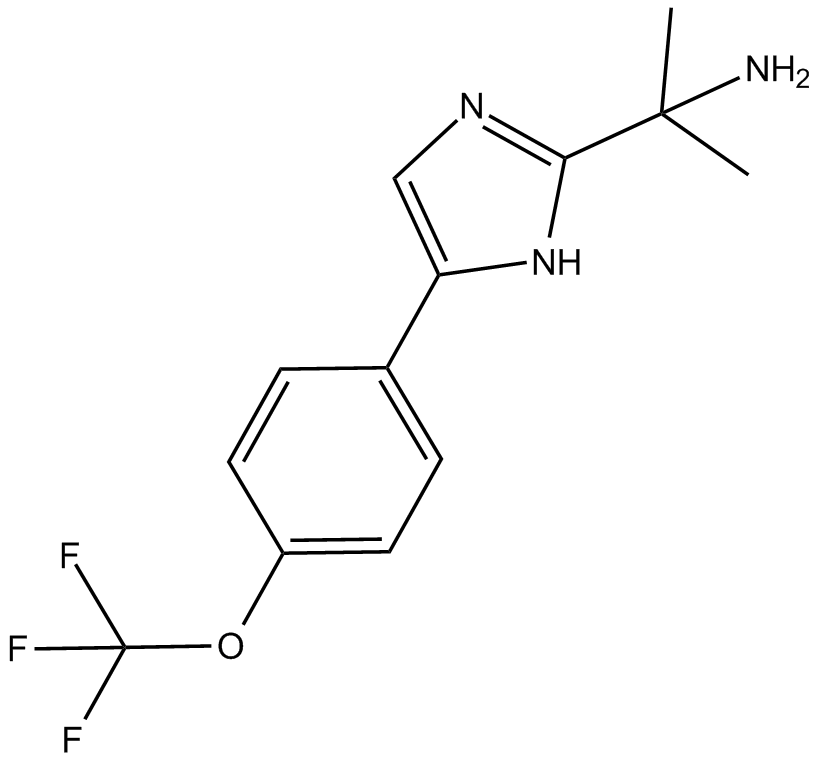 B5765 PF 04885614Summary: NaV1.8 inhibitor
B5765 PF 04885614Summary: NaV1.8 inhibitor -
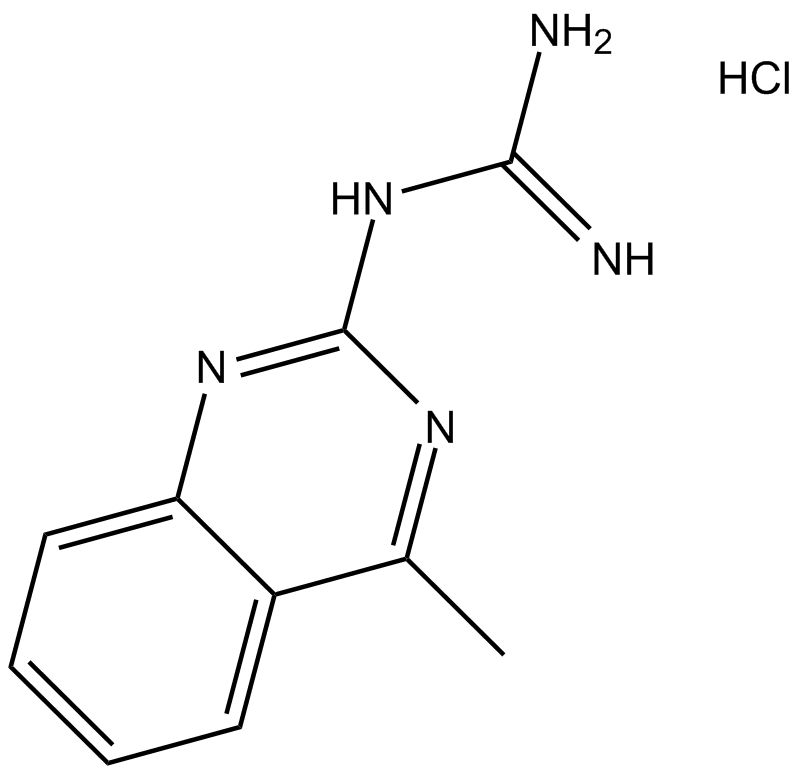 B5793 GMQ hydrochlorideSummary: acid-sensing ion channel 3 (ASIC3) opener
B5793 GMQ hydrochlorideSummary: acid-sensing ion channel 3 (ASIC3) opener -
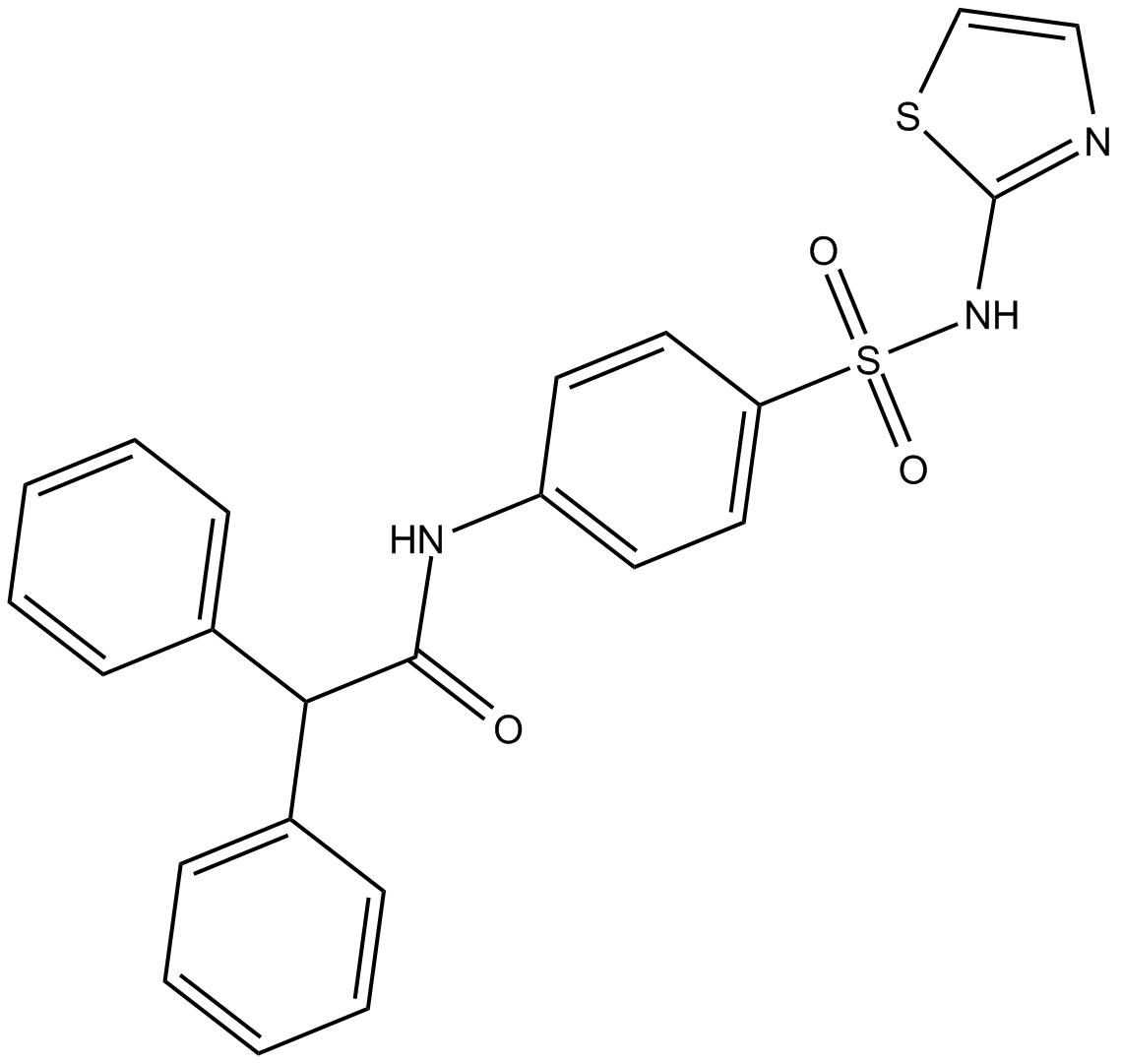 B5802 ICA 121431Summary: human NaV1.3 and NaV1.1 channels inhibitor
B5802 ICA 121431Summary: human NaV1.3 and NaV1.1 channels inhibitor -
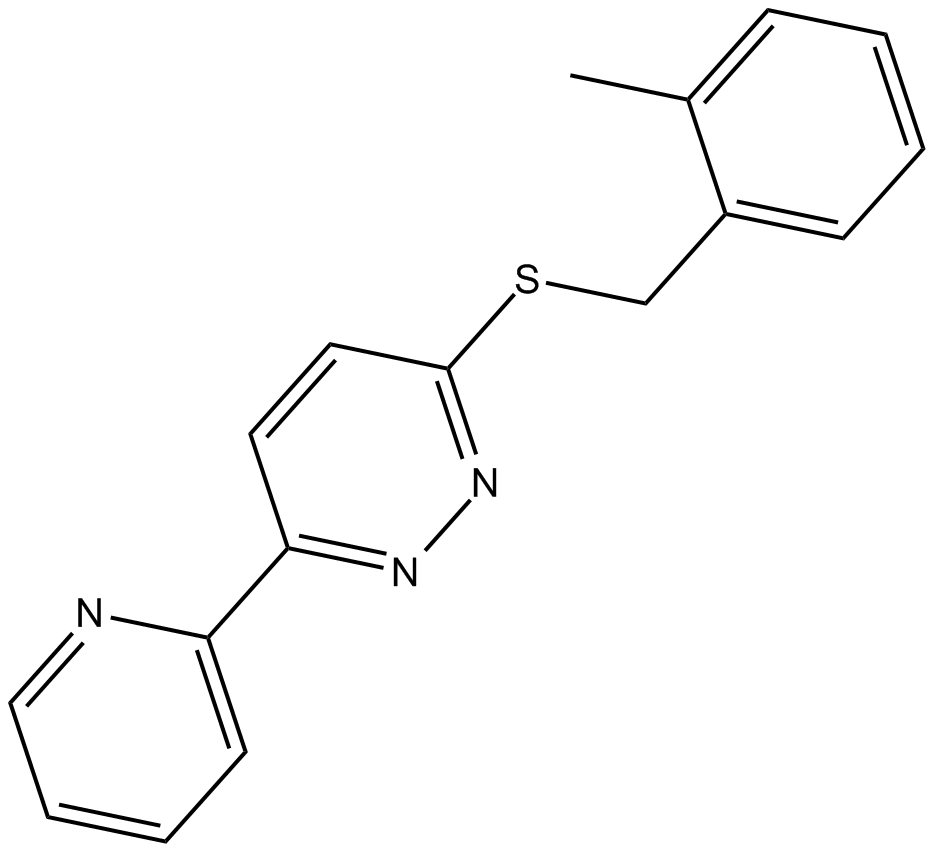 B5805 LDN 212320Summary: increases expression of glutamate transporter EAAT2
B5805 LDN 212320Summary: increases expression of glutamate transporter EAAT2 -
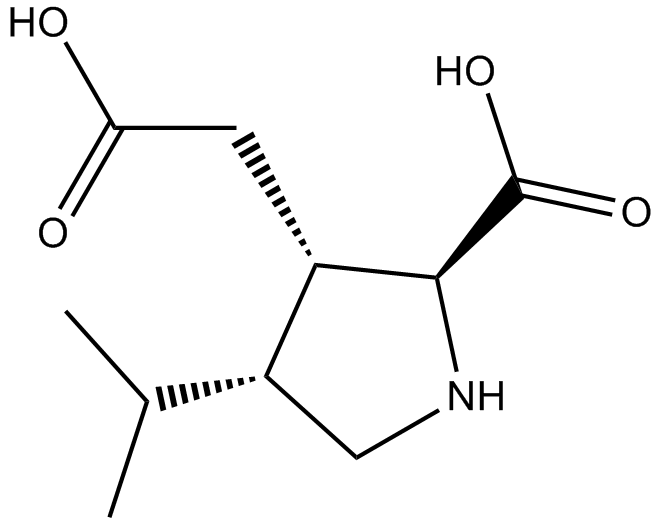 B6208 Dihydrokainic acidSummary: EAAT2(GLT1)-selective non-transportable inhibitor of L-glutamate and L-aspartate uptake
B6208 Dihydrokainic acidSummary: EAAT2(GLT1)-selective non-transportable inhibitor of L-glutamate and L-aspartate uptake -
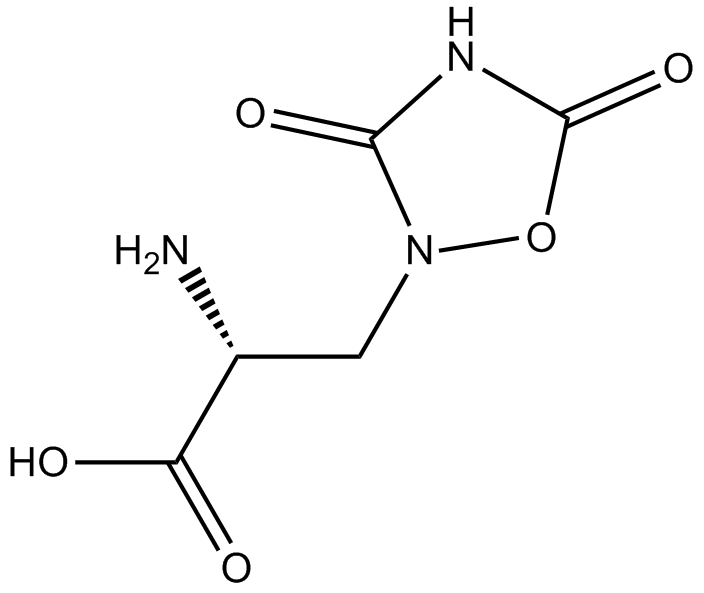 B6221 L-Quisqualic acidSummary: AMPA receptors and metabotropic glutamate receptors agonist
B6221 L-Quisqualic acidSummary: AMPA receptors and metabotropic glutamate receptors agonist -
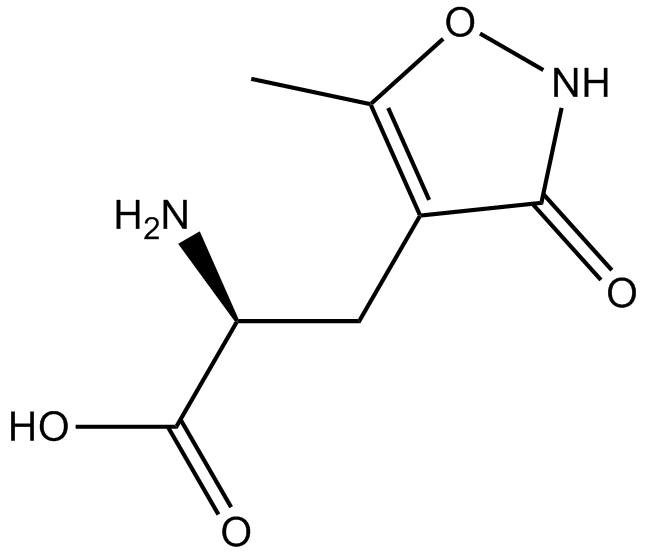 B6238 (S)-AMPASummary: AMPA agonist
B6238 (S)-AMPASummary: AMPA agonist -
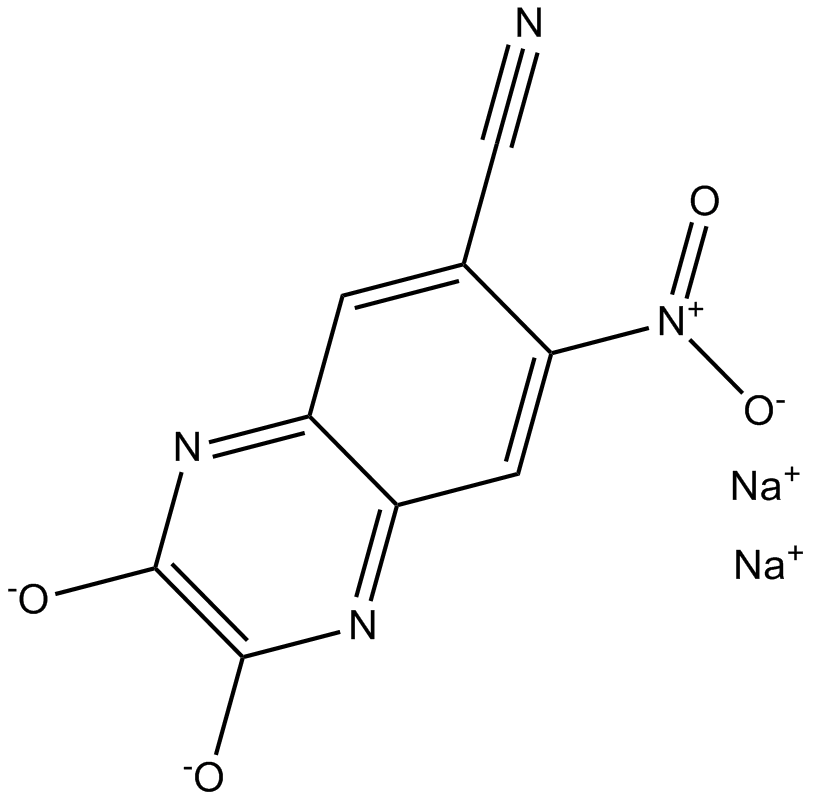 B6567 CNQX disodium saltSummary: AMPA/kainate antagonist
B6567 CNQX disodium saltSummary: AMPA/kainate antagonist -
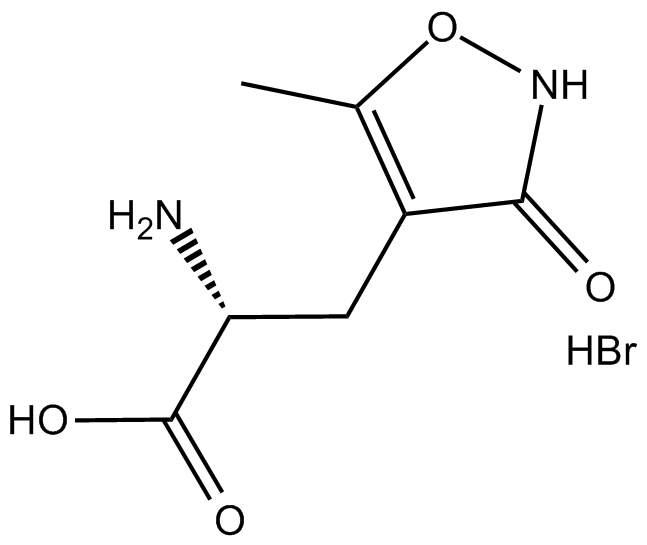 B6585 (RS)-AMPA hydrobromideSummary: AMPAR agonist
B6585 (RS)-AMPA hydrobromideSummary: AMPAR agonist

